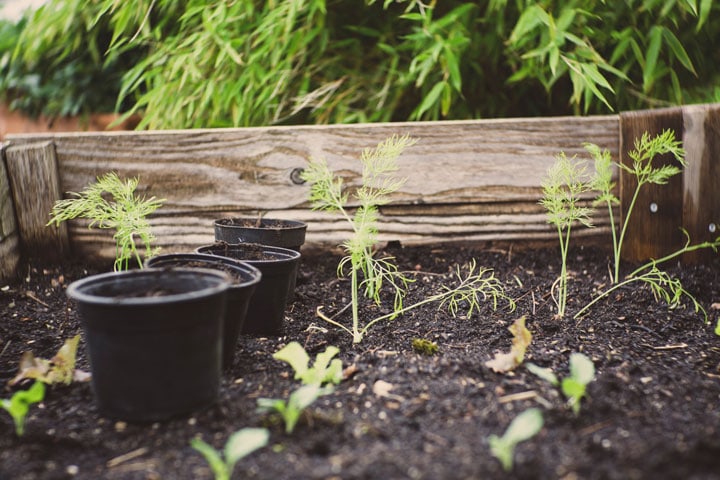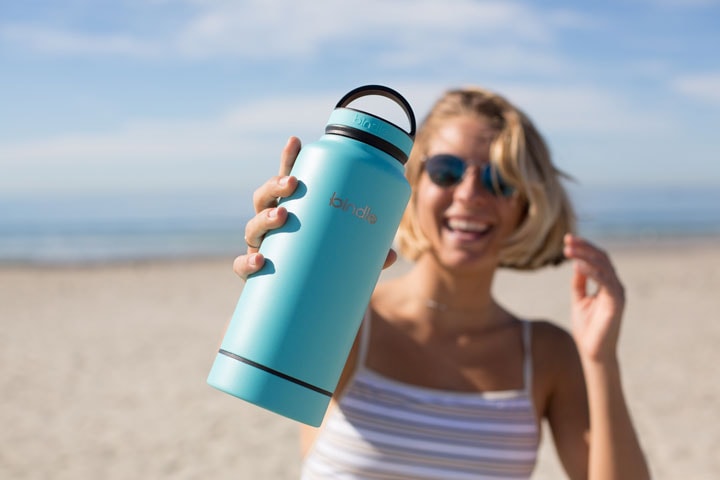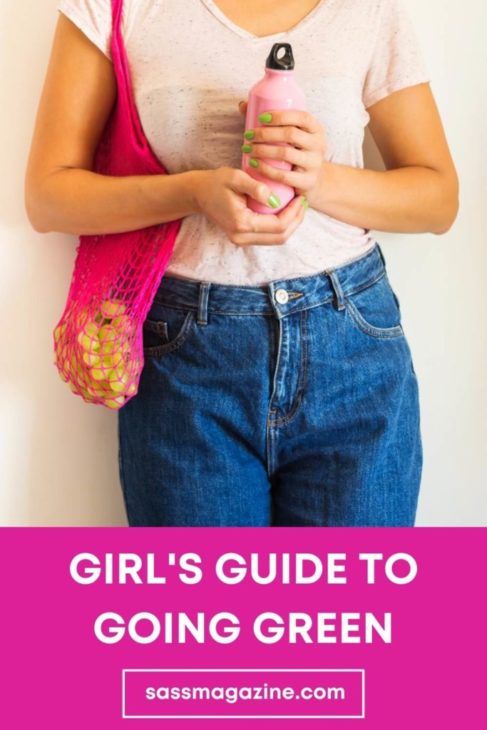Going green: compost what you can
Food waste and yard trimmings make up 26% of waste that goes into US landfills. Those are materials that you can easily compost instead. Composting is easy and benefits the environment in many ways! It’s a great first step to going green.
Composting food waste and yard trimmings help reduce fossil fuel use and carbon monoxide emissions from trash trucks. And once that food waste reaches the landfill, it takes up space and releases the potent greenhouse gas, methane.
Through composting, you will turn your food and yard waste into nutrient-dense matter (humus). You can mix humus into your gardens and flower boxes to give them a nutritional boost that is far superior to the short-term blast from most commercial fertilizers!
Composting bins are a great addition to any yard and come in a variety of shapes and sizes that fit into just about any budget. With a wide range of colors and materials that allow you to consider your backyard décor when picking a bin. If you are handy, there are DIY bins that you can make yourself. Some cities offer composting bins to city residents at a discount.

Simplified composting
If you don’t have a yard or don’t plan on having a whole bunch of yard trimmings, or maybe you just want to start small, there are compost bins that can make an attractive addition to your kitchen. They can go on countertops, in cabinets, under sinks, hanging on the edges of counters, you name it. You can line them with compostable bags to make handling it all clean and simple as well.
If you don’t have the time or resources or just plain don’t want to process your own compost, you can find grocery stores – usually organic local ones – that have bins for compost.
Find a beginners guide to composting online and go for it!
Going green: Plant for pollinators
Pollinators are animals and insects that move pollen around in the course of their daily search for food. There is disturbing evidence worldwide that pollinating animals are suffering from the loss of habitat, chemical misuse, invasive plant and animal species, and diseases and parasites. If you are thinking, “Pish posh, pollinators,” consider this: these busy little bees, bats, butterflies, and birds are what make things like blueberries, melons, peaches, and potatoes possible.

To help them (and everyone else by extension) cultivate native plants that provide nectar and food for pollinators. Be sure these plants are not treated with neonicotinoid pesticides. Crazy as it sounds, some garden stores are selling “bee-friendly” plants that have bee-killing pesticides in them. Go figure.
Make your yard, porch, or balcony a pollinator’s’ paradise by providing food, water, and shelter.
Many pollinator-loving plants also have great benefits for humans. For example, Calendula (the flowers of which can also be eaten!) is coveted as a medicinal salve and tincture. Fresh lavender flowers can be placed near or under your pillow to encourage restful bliss. Tea made from Agastache can help soothe digestion and respiratory issues.
Grow your own food (or at least herbs)
Try growing your favorite fresh cooking herbs and vegetables at home. Fresh herbs add extra flavor to your food, a pop of color to your surroundings, and can save you from running out to the store right in the middle of cooking dinner! Growing your own herbs saves money (a.k.a. green), time, and adds beauty and functionality to your landscape. And, since you are not dowsing your parsley with pesticides, you’re reducing exposure to toxic chemicals and protecting pollinators at the same time. Look at you go!

You do not have to have a green thumb for most live herb plants. Place an herb pot outside or even in a sunny window inside, and set a cell phone reminder to water generously once a week. Get creative with it; paint your flower pots as a quick and easy DIY, or try some herbal cocktails for a sassy homemade spirit.
Stop buying water in plastic bottles. Seriously!

For every six plastic water bottles we use, only one makes into a recycling container. The rest end up in the landfill, or as trash on the roadside and in rivers, lakes, and the ocean where they do no good.
Instead, get a stainless steel water bottle for every member of your household. Water bottles come in an infinite variety (it’s true, we’ve counted) of graphics, colors, and sizes. You can get a water bottle that matches your workout clothes or your personality. You can make your water bottle a part of your “gear.” Also, don’t leave the house without it so you will always be prepared and hydrated.
This article was originally published in the Summer 2017 print issue of Sass Magazine and has been updated and modified to current events.
Download the Green Living Checklist
Download our Green Living Tips checklist and get started living a more sustainable lifestyle right away.

Kim is the owner and publisher of Sass Magazine, as well as the owner of Sass Studios, a boutique graphic design studio in Frederick, MD. When not in the office, Kim can be found doing some of her favorite hobbies—reading a book, dancing, traveling, or playing with her rescued pitbull.




















What do you think?